Medical Waste Ash: Challenges and Management Strategies
Medical waste ash is the residual byproduct generated from the incineration of medical waste. While incineration significantly reduces the volume of medical waste and neutralizes many pathogens, the resulting ash can still contain hazardous substances. Proper management of medical waste ash is crucial to prevent environmental contamination and protect public health. This article explores the composition, risks, regulatory frameworks, and best practices associated with medical waste ash management.
Composition of Medical Waste Ash
Medical waste ash is composed of various materials, depending on the types of waste incinerated:
1. Organic Residues: Reduced to basic elements through combustion, organic materials contribute to the ash’s overall bulk.
2. Inorganic Compounds: Includes metals, salts, and other inorganic substances that do not combust. Heavy metals such as lead, mercury, and cadmium can be present.
3. Pathogens: Incineration typically neutralizes biological hazards, but residual pathogens can sometimes remain if incineration conditions are not optimal.
4. Chemicals: Some chemical residues can survive the incineration process, potentially posing risks.
Risks Associated with Medical Waste Ash
1. Toxicity: The presence of heavy metals and other toxic substances in the ash can pose significant health risks if not properly managed.
2. Environmental Contamination: Improper disposal of ash can lead to soil, water, and air pollution. Leachate from ash can contaminate groundwater, while airborne particulates can affect air quality.
3. Occupational Hazards: Workers handling medical waste ash may be exposed to hazardous substances, necessitating stringent safety measures.
Regulatory Framework
Effective management of medical waste ash is governed by comprehensive regulations aimed at minimizing risks:
1. Characterization and Testing: Ash must be regularly tested to determine its composition and hazard level. This includes testing for heavy metals, toxic chemicals, and other harmful substances.
2. Permitting: Facilities that generate and handle medical waste ash must obtain permits, ensuring they comply with regulatory standards for waste management.
3. Disposal Standards: Regulations dictate how ash should be treated and disposed of. Options include secure landfilling, encapsulation, or further treatment to immobilize hazardous components.
4. Monitoring and Reporting: Continuous monitoring and detailed reporting are required to track the handling and disposal of medical waste ash, ensuring regulatory compliance.
Best Practices in Medical Waste Ash Management
Implementing best practices can enhance the safety and effectiveness of medical waste ash management:
1. Safe Handling and Storage: Use appropriate containers and storage facilities to prevent ash dispersion and exposure. Containers should be sealed and clearly labeled.
2. Regular Testing and Monitoring: Conduct routine tests to assess the ash’s hazard level and ensure it meets safety standards before disposal.
3. Treatment Technologies: Employ advanced treatment technologies, such as vitrification or stabilization, to immobilize hazardous substances in the ash.
4. Secure Landfilling: Dispose of ash in specially designed landfills with robust liner systems and leachate management to prevent environmental contamination.
5. Worker Safety: Provide comprehensive training and personal protective equipment (PPE) to workers handling medical waste ash to minimize occupational hazards.
Innovations and Sustainable Alternatives
Advances in technology and sustainable practices offer new ways to manage medical waste ash:
1. Vitrification: This process involves melting the ash at high temperatures to form a glass-like material, immobilizing hazardous substances and reducing leachate risks.
2. Stabilization and Solidification: Adding binding agents to the ash can reduce its mobility and toxicity, making it safer for disposal.
3. Recycling and Reuse: Research is exploring the potential for using treated ash in construction materials, such as bricks or concrete, reducing the need for landfilling.
4. Circular Economy Approaches: Integrating ash management into broader waste management systems can enhance resource recovery and minimize environmental impact.
Conclusion
Medical waste ash management is a critical component of comprehensive medical waste disposal strategies. While incineration effectively reduces the volume and infectious potential of medical waste, the resulting ash can still pose significant risks. Adherence to stringent regulatory standards and the implementation of best practices are essential to ensure safe handling, treatment, and disposal of medical waste ash. As technology advances, innovative treatments and sustainable alternatives will play an increasingly important role in mitigating the risks associated with medical waste ash, contributing to a safer and cleaner environment.
Related Tips & Advices
Feb 2020 – El Masreya Hazardous and Non-hazardous Waste Home / Tips & News Feb 2020 – El Masreya…
Medical Waste Ash: Challenges and Management Strategies Home / Tips & News Medical Waste Ash: Challenges and Management Strategies…
The Complexities and Controversies of Incineration Hazardous Waste Home / Tips & News Incineration hazardous waste, or incineration, is…




